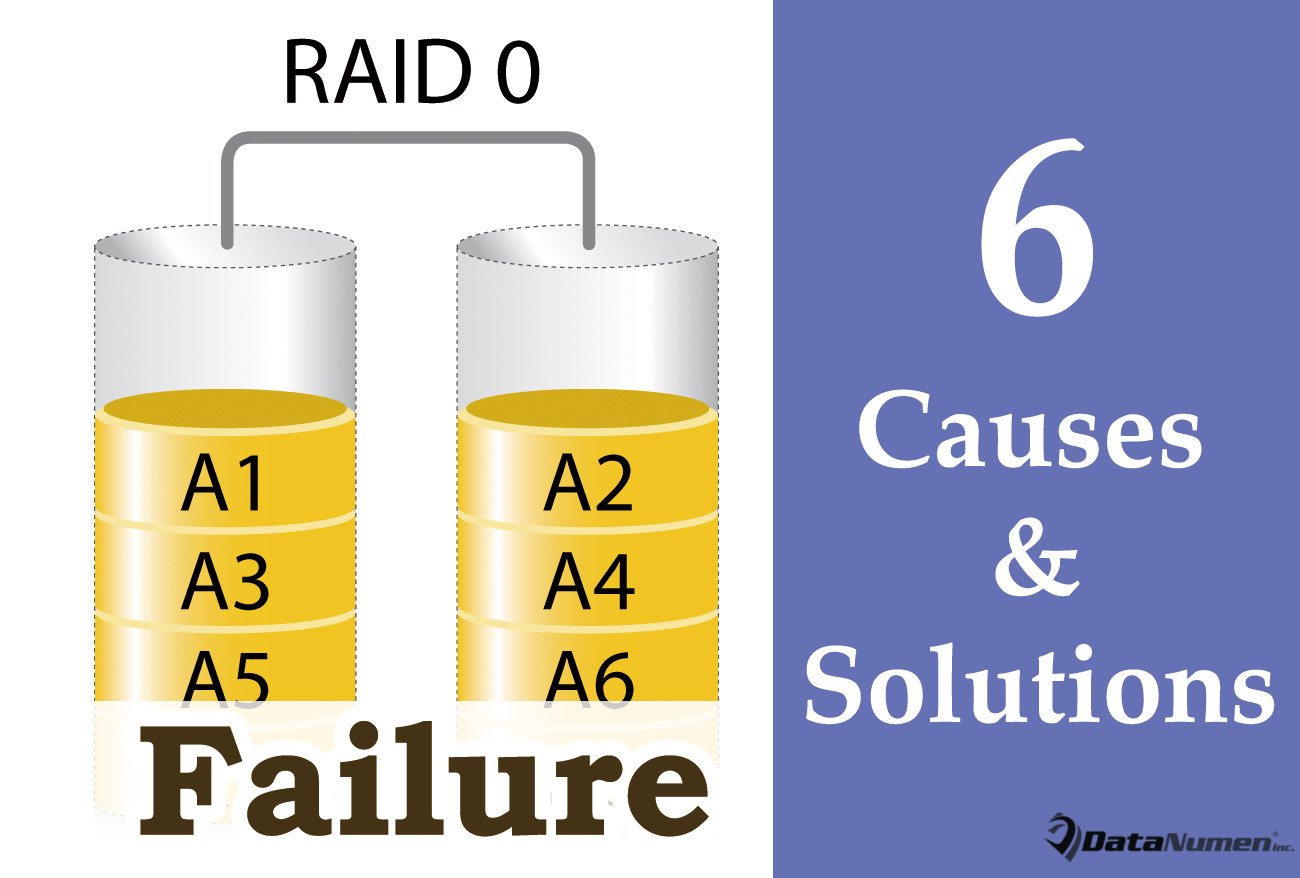When one disk fails in RAID 0, the entire array will crash. So as to prevent RAID 0 failures and RAID 0 data loss, you should know its common causes and solutions. Now, this article will list out 6 of them.
With RAID (Redundant Array of Independent Disks) technology, you will be able to combine two or more drives in a storage system. Therefore, you could achieve more storage capacity simply by adding additional hard drives into the array. For most RAID levels, one of the most merits is the fault tolerance. Yet, RAID 0 cannot provide its feature. It uses a striping method to store data on the member disks in the array. Thus, it isn’t a redundant array. That is to say, once one disk fails in the RAID 0, the entire array will crash, thereby causing data corruption like damaged PST file. Hence, in order to block data loss in RAID 0, you should know the causes of the array failures. Now, in the followings, we’ll expose 6 most common causes and corresponding solutions.

1. Bad Sectors on a Drive
If any sectors get bad on one member disks in the RAID 0, it will harm the entire array surely. As we all know, data stored in the bad sectors will be inaccessible. In this case, the drive head may crash and then array failure will follow. You need to repair the bad sectors at first.
2. Failing Drive Heads
When we access the data in the array, the hard drive heads will work to read or write the data on the drives. That is to say, the heads play a greatly important role in accessing data. Hence, if the drive heads get damaged, the array will surely not be able to function accordingly. In this scenario, you need to call in professional assistants.
3. Drive Failure
Of course, provided that one of the member disks in the array fails, RAID 0 tends to get broken. For instance, if the hard drive firmware gets corrupted or suffers any logical issues, like file system formatting, etc., the RAID 0 may crash. Under this circumstance, you should repair the drive issues.
4. Damaged RAID Partition
If you have partitioned the RAID 0 array, when a partition is corrupted, you may be unable to see or use the whole partitions. For example, you try repartition, but the process is interrupted unexpectedly. In this situation, you have to rebuild the array.
5. RAID Controller Failure
Perhaps you have known that the RAID controller is vitally significant in that it is responsible for managing all the disks in the array, storing RAID configuration data. So, from this perspective, if it gets damaged for some reasons such as power surge, the RAID will definitely fail. In such cases, you need to repair or replace the RAID controller.
6. Virus Attacks
Nowadays, all the data storage devices cannot get immune from virus or malware. The same holds true for RAID array. Once a hard drive is attacked by viruses, you need to kill them properly as soon as possible. Leaving them aside will cause data loss and the entire RAID 0 failures.
Author Introduction:
Shirley Zhang is a data recovery expert in DataNumen, Inc., which is the world leader in data recovery technologies, including recover Sql Server and outlook repair software products. For more information visit www.datanumen.com